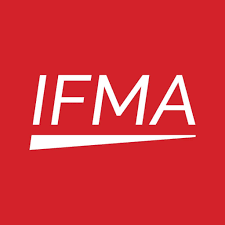The International Foodservice Manufacturers Association (IFMA) has released its 2024 and 2025 Food Away-From-Home (FAFH) Industry and Segment Projections. The Chicago, Illinois-headquartered trade association began the year projecting that the FAFH industry would grow 0.9 percent, on a real basis, in 2024. While holding to this cautious overall-industry projection, it acknowledges that recent slowing of consumer store traffic is creating challenges, primarily for restaurants, when planning for future consumer behavior.
IFMA has revised its overall 2024 price inflation rates down from 5.0% in February to 3.8%, reflecting a slowdown in costs of goods sold by foodservice operators. Its forecast models were created in conjunction with Datassential, a leading foodservice research firm, and validated by operators from the five IFMA Foodservice Leadership Councils.
“These have been, and we believe, will remain turbulent times for the food-away-from-home ecosystem,” said IFMA President & CEO Phil Kafarakis. “We stands ready to provide actionable insights, education and peer group networking opportunities for manufacturers, operators and the supply chain no matter what comes our way. Our forecasts and analysis are made available in detail to our members for them to consult as they plan for the future. We remain committed to bringing reasoned and actionable analysis to the industry.”
Some of the key highlights by segment for 2024, with real growth comparisons to 2023, include:
• The total restaurant category – including full-service and limited-service operations – is projected to grow 0.5 percent on top of 0.8 percent in 2023. This minimal growth comes from continued demand from higher income consumers for restaurant occasions.
• Quick service restaurants (QSRs), which have performed significantly better in recent years than other segments overall, are projected to grow 0.7 percent, while the Fast Casual segment shows growth of 1.3 percent, a positive adjustment compared to the February projection of 0.9 percent.
• Midscale restaurants are the only major restaurant segment where IFMA projects a decline of 0.7 percent. The projection was revised for Casual Dining to flat growth, compared to 0.5 percent in February. This revision reflects the consumer trade down to lower cost dining.
• Collectively, on-site segments in 2024 are projected to grow 2 percent, largely because their recovery from 2020 was slower than that of restaurants. The College & University and Lodging segments are expected to lead on-site growth at 2.0 and 2.8 percent, respectively. The Business and Industry segment continues its slow recovery, although overall volume is still well below pre-pandemic levels.
With the possibilities of declining energy prices and lower interest rates, IFMA expects consumer-led growth to impact 2025, with real growth reaching 1.0% for the year. The total restaurant category is expected to grow 0.8 percent, while the total on-site category is projected to increase by 1.4 percent, on a real basis. Inflation for 2025 is currently projected to be 2.0%. IFMA will update this forecast in late February 2025.






